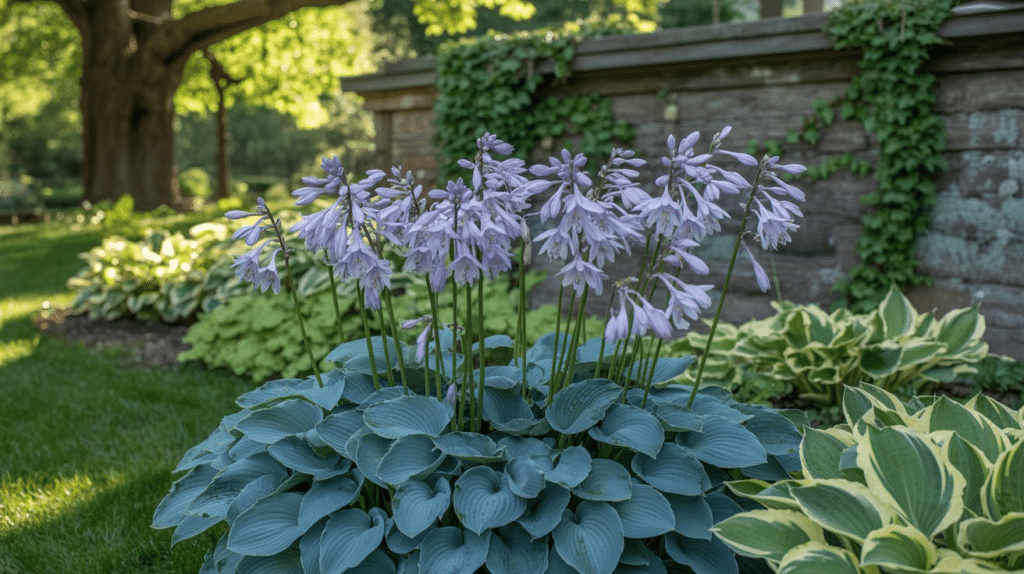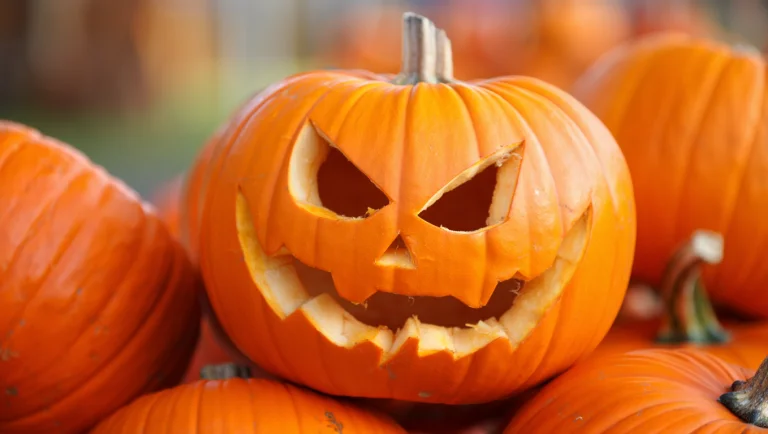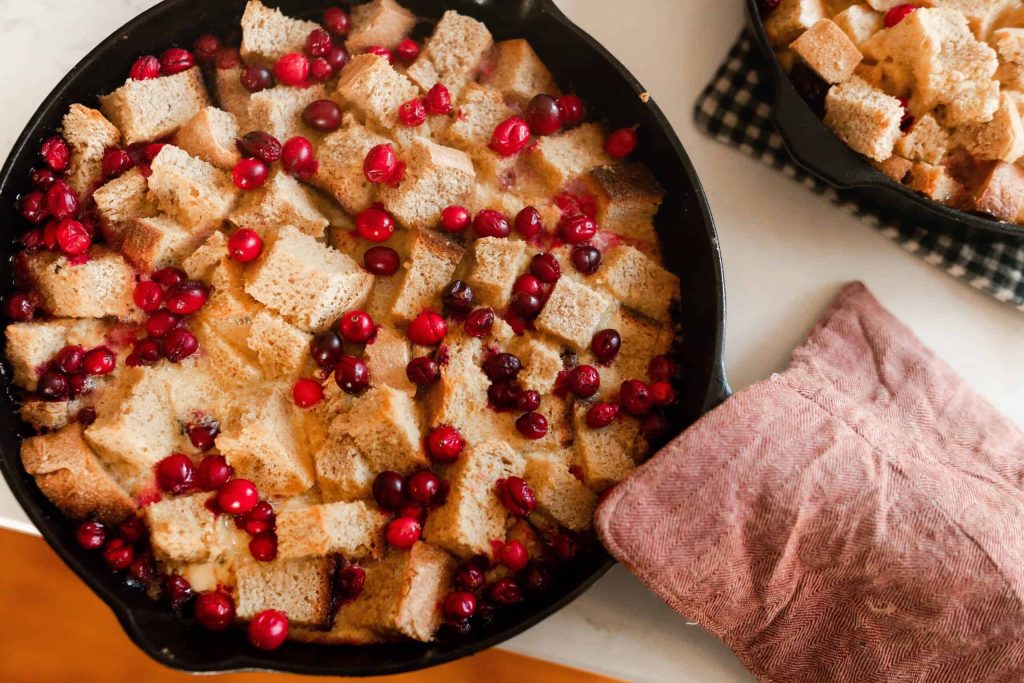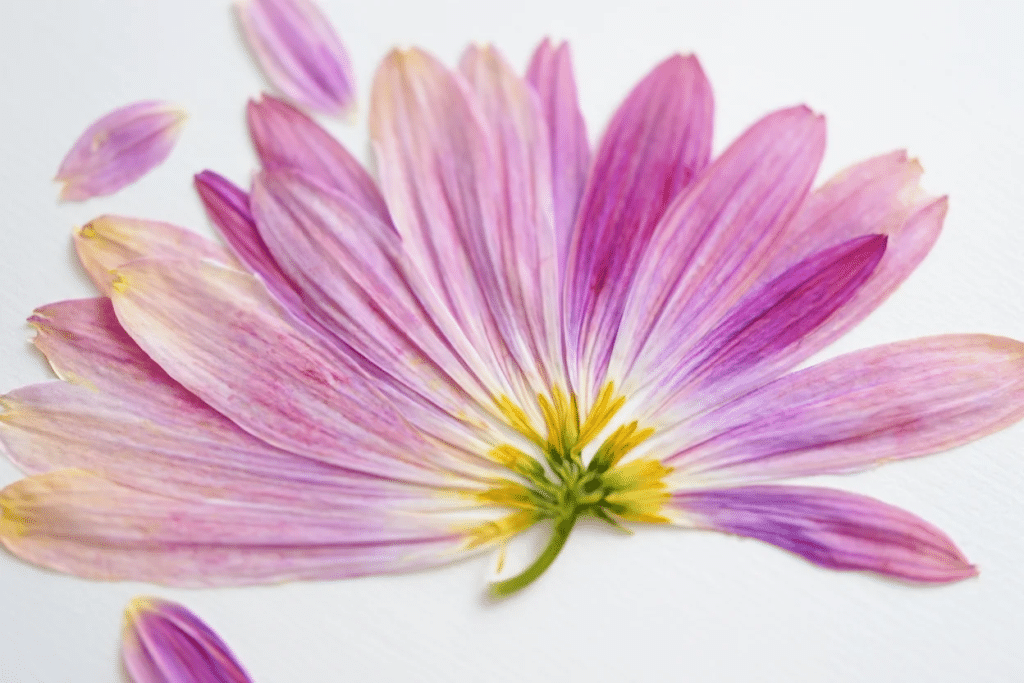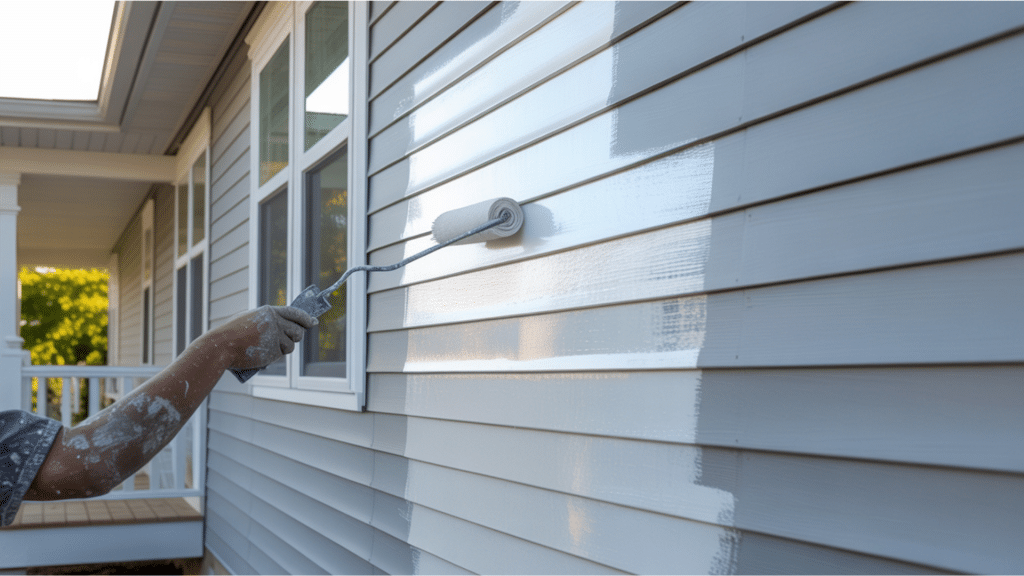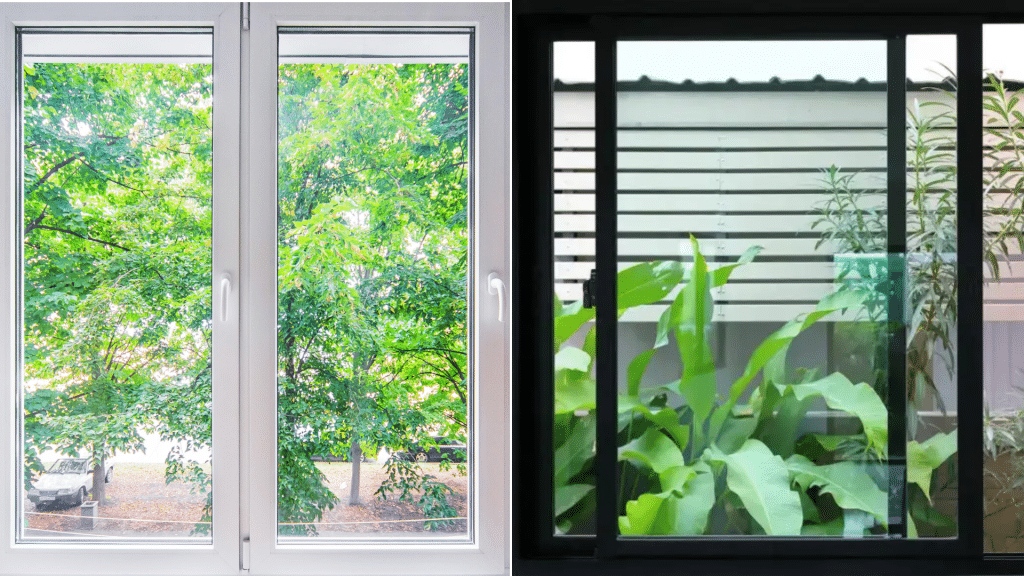Ever find yourself wandering through the garden, admiring those big, lush hosta leaves, and suddenly wondering- when do hostas bloom?
You’re not alone. Hostas are famous for their foliage, but their flowers can be a real treat, too.
The thing is, figuring out when those tall, graceful stalks will appear isn’t always so straightforward. Different varieties, weather conditions, and even the location where you’ve planted them can all play a part.
In this post, we’ll dig into what really determines when hostas bloom, share tips for getting the best flowers, and help you enjoy every stage of these garden favorites.
Let’s get started- your hostas are waiting!
What Exactly is a Hosta’s Bloom?
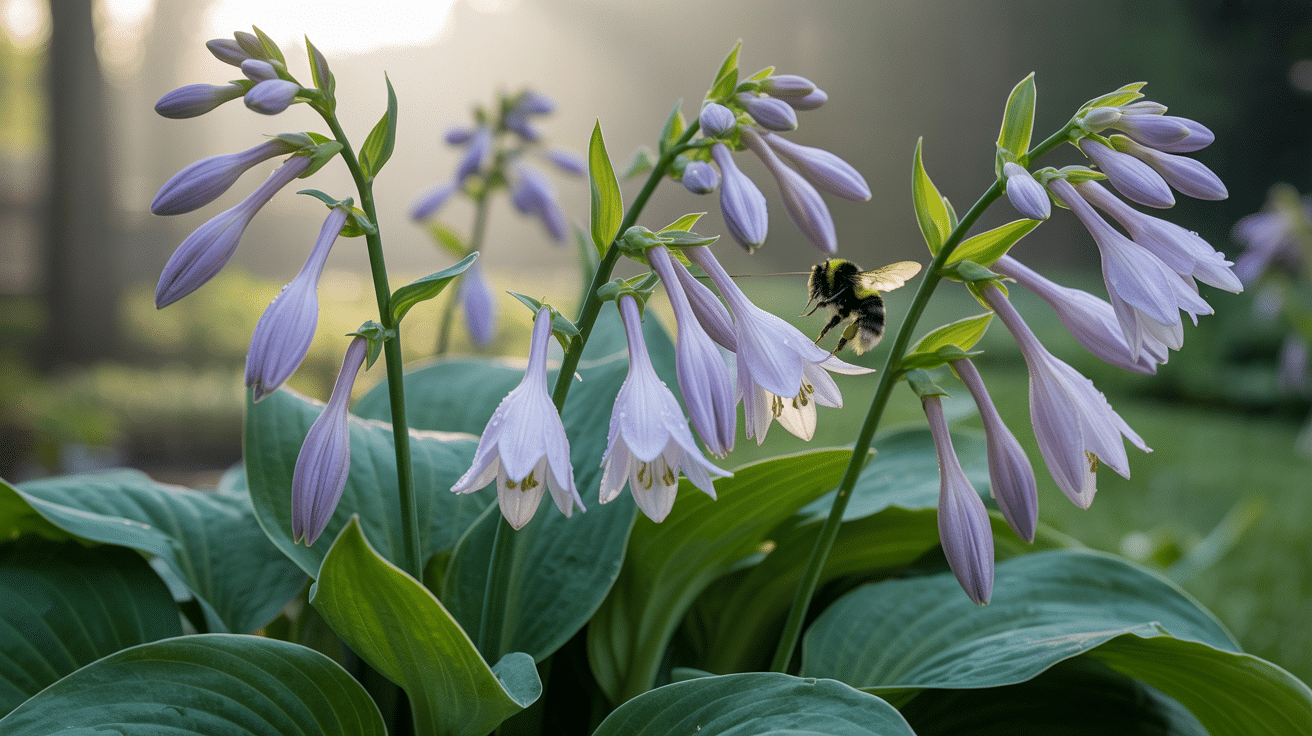
Hostas are best known for their lush, leafy mounds, but their blooms are a delightful bonus in the garden. When hostas bloom, they send up tall, graceful stalks called scapes that rise above the foliage.
These scapes are topped with clusters of bell-shaped or funnel-shaped flowers, usually in soft shades of lavender, white, or pale purple. Some varieties even offer a gentle fragrance, adding another layer of enjoyment to your garden.
Blooming is a sign of a healthy, mature hosta. While the leaves provide the main show for most of the season, the flowers attract bees, butterflies, and sometimes even hummingbirds.
Not every gardener keeps the blooms; they prefer to snip them so the plant’s energy stays in the leaves, but letting them flower can add height and movement to your beds.
Want to know about hostas’ nutritional needs? Check out our blog, Best Fertilizers for Hostas to learn more.
Understanding When Do Hostas Bloom
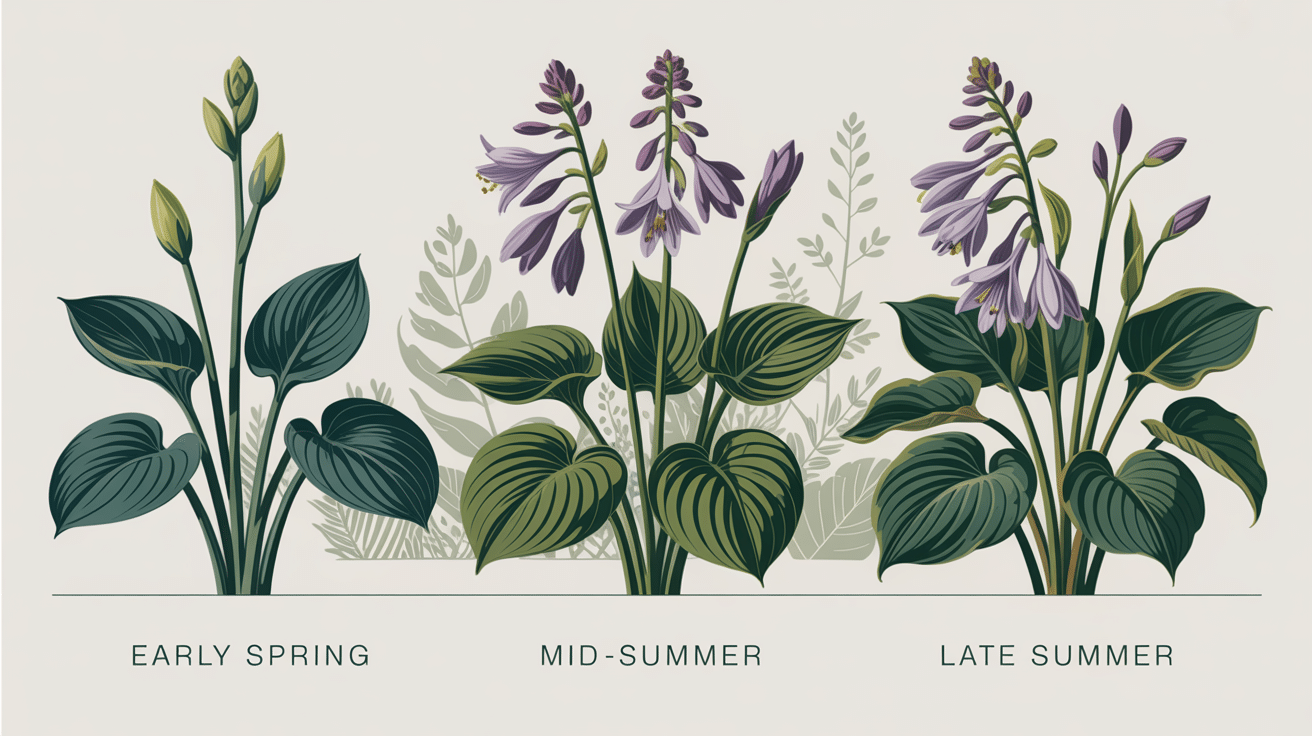
Hosta bloom time is a highlight for many gardeners who love seeing fresh flowers rise above those lush, leafy mounds.
While hostas are mostly grown for their foliage, their flowers bring a lovely surprise each year. The timing of when your hostas bloom depends on the variety, your local climate, and even the weather from one season to the next.
Most hostas will flower between late spring and late summer, but the exact weeks can shift. Here’s a more detailed look at what you can expect:
1. Early bloomers: These hostas start sending up flower stalks in late spring or early summer, often around May or June.
2. Mid-season bloomers: Most common hosta varieties bloom in June or July, bringing a steady show of flowers as summer gets underway.
3. Late bloomers: Some, like Hosta plantaginea and its hybrids, wait until August or even September to bloom, stretching the flowering season well into the end of summer.
4. Reblooming hostas: A few special varieties can send up a second round of flowers if you cut back the first set of finished stalks, keeping your garden blooming even longer.
5. Flower color: Depending on the variety, blooms can be white, lavender, or even shades with hints of pink or purple.
6. Fragrance: Some late-blooming types, like Hosta plantaginea, are known for their strong, sweet scent.
7. Weather impact: A warm spring can encourage earlier blooms, while a cool or rainy season might push flowering later.
8. Garden interest: Watching for those tall, charming stalks is a sign that your hostas are healthy and your garden is thriving.
Factors Influencing Bloom Time
A hosta’s bloom time isn’t just a matter of luck- several essential factors in your garden shape it. Understanding these can help you get the most beautiful and reliable flowers from your hostas year after year.
- Plant variety: Early bloomers flower in late spring. Late bloomers wait until summer or fall.
- Light needs: Give them 3-6 hours of filtered sunlight daily. Too much shade = fewer flowers. Too much sun = stressed plants.
- Soil condition: They want moist, rich soil that drains well. Poor soil means weak or delayed blooms.
- Food: Use balanced fertilizer with phosphorus. Well-fed plants bloom better.
- Water: Keep soil consistently moist but not waterlogged. Dry soil reduces flowering.
- Plant age: Young hostas bloom less. Older plants are more reliable bloomers.
- Weather: Warm springs bring early blooms. Frost or heat waves can delay flowering.
- Pests: Slugs, snails, and deer eat flower buds. This affects bloom timing and quality.
Encouraging More and Better Blooms
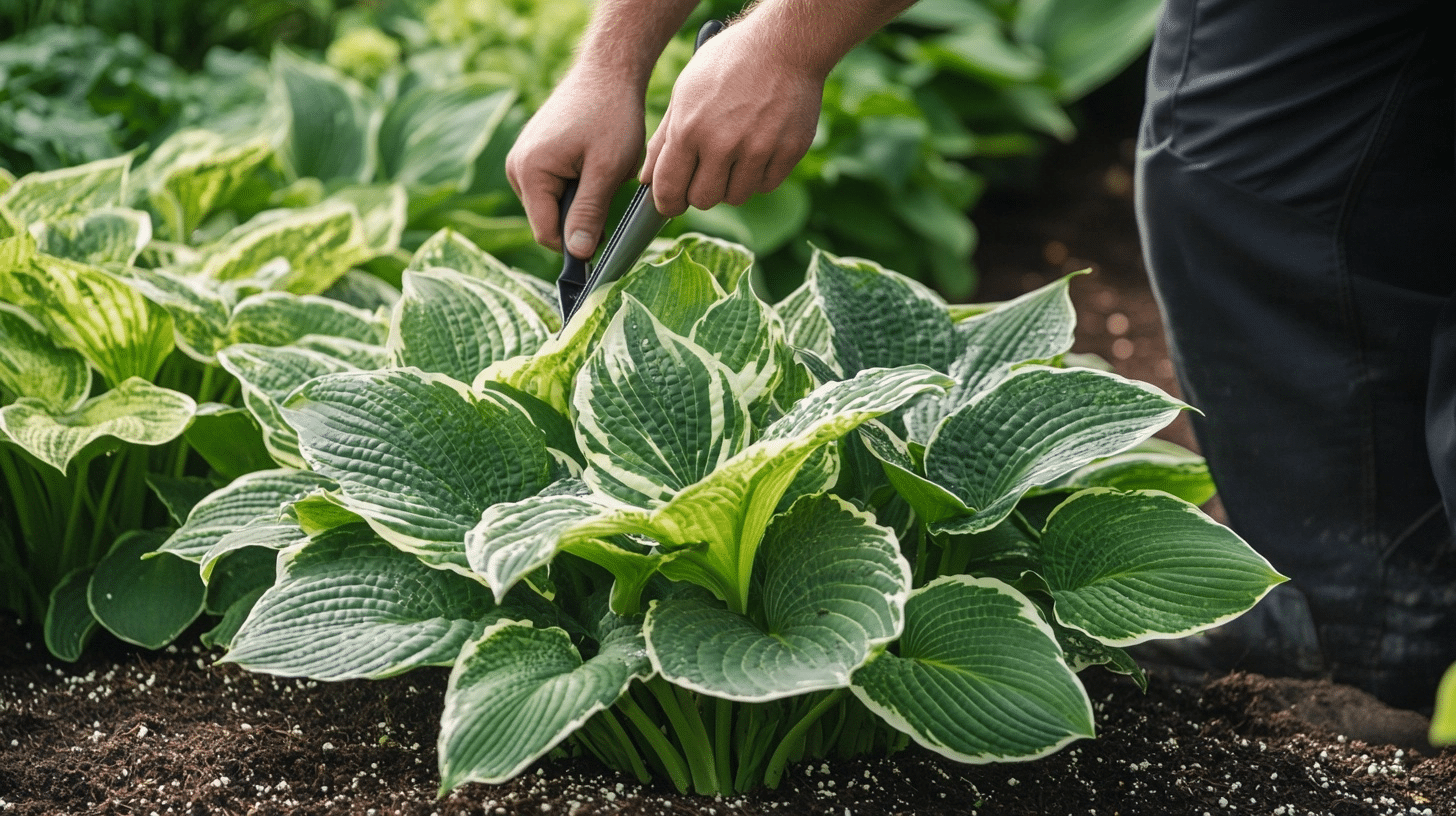
If you want your hostas to produce more and better blooms, a few simple steps can make a big difference. Start by making sure your hostas get 3-6 hours of filtered sunlight each day- too much shade can limit flowering.
Keep the soil rich and well-draining, and add organic matter like compost to boost fertility. Water deeply and consistently, especially during dry spells, so the roots stay healthy and strong.
Feed your hostas with a balanced, slow-release fertilizer in early spring, and consider a high-potash feed every couple of weeks during the blooming season to encourage more flowers. Prune away any spent flower stalks to help the plant focus its energy on new growth.
Keep weeds at bay and mulch around the base to lock in moisture and keep roots cool. Finally, watch for slugs and pests, as they can damage buds and reduce blooms.
With these care tips, your hostas will reward you with a beautiful show of flowers.
Common Blooming Problems and Solutions
Even though hostas are pretty easygoing, they can still run into a few blooming problems. Sometimes it’s pests, sometimes it’s disease, and other times it’s just the weather or soil.
Spotting issues early and knowing what to do can help you keep your hostas healthy and blooming year after year.
| Problem | What You See | Solution |
|---|---|---|
| Slugs and Snails | Holes in leaves, slime trails | Use slug bait, traps, or coarse sand around plants |
| Anthracnose | Irregular brown spots, torn leaves | Remove infected leaves, improve air flow and use fungicide |
| Crown Rot | Yellow, wilted leaves, mushy stems | Improve drainage, avoid overwatering |
| Nematodes | Brown streaks between leaf veins | Remove and destroy infected leaves, water at the soil level |
| Hosta Virus X | Mottled, twisted, or puckered leaves | Remove and destroy infected plants, clean tools |
| Beetles | Ragged edges, defoliation | Handpick, use insecticidal soap or neem oil |
| Deer/Rabbits | Missing leaves or stalks | Use fencing or repellents |
| Sunburn | Bleached or brown leaf edges | Move to a shadier spot, provide afternoon shade |
With a little care and quick action, most hosta problems can be managed so your garden stays full of healthy blooms.
Finishing It Up
Knowing when do hostas bloom can make a real difference in how you enjoy your garden through the seasons. By paying attention to variety, sunlight, soil, and care, you’ll be rewarded with healthy plants and plenty of flowers.
If you’ve ever wondered when hostas bloom, remember that a mix of early, mid-blooming, and late-blooming varieties can keep your garden lively from spring to fall.
With a bit of planning and the right care, those tall, graceful blooms will return year after year, adding beauty and interest to your shady spaces.
So, keep observing, try new varieties, and enjoy every stage of your hostas’ blooming cycle.


